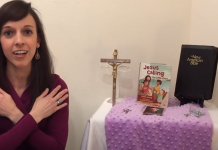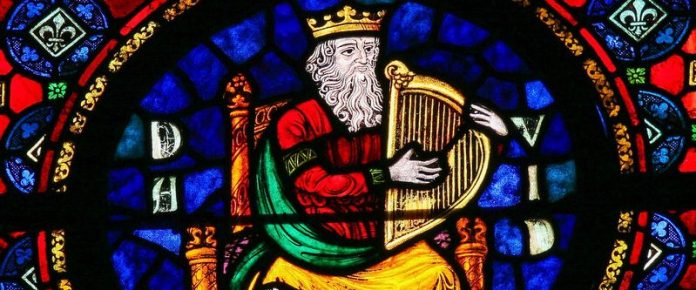
Kate Daneluk
When in need, there will always be an answer in the psalms. Some of the richest encouragement, praise, thanksgiving, history, lament, and petition can be found in the oldest recorded songs of our faith. The psalms, themselves, are a testament to the power and history of music and prayer.
Years ago I joined a handful of students in the choir of the Benedictine monastery that sat at the top of the hill of my college campus. Students were welcome to join the monks for daily Mass and the Liturgy of the Hours. I looked at the book and stumbled along with the voices that sang the Scripture in profoundly simple unison. After a few tries, it made a lot of sense. It was easier to read than the written music I had learned, and I found myself reflecting on the words in the Scripture much more deeply than when I simply read them. The psalms made much more sense as songs than as chapters of a book.
As catechists we have an opportunity to provide our students with this same experience. By teaching our students to chant the psalms, we simultaneously give the gift of Scripture and the gift of chant, a vital element of our Catholic faith. If you have training or skills in music, you can easily start chanting the psalms with your class. If you aren’t as musically inclined, don’t let that stop you. Here are some ways to start: 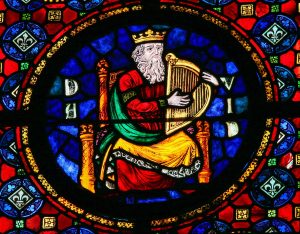
Talk It Out
Before teaching students how to sing the psalms, instruct them as to why we sing them. Help them understand that these were originally composed as songs, so when we read the psalms, we are actually reading lyrics. Discuss how the translations from the original Hebrew to Latin and English might have affected the flow and musicality. Let them see how the Responsorial Psalm at Mass consists of a refrain and verses, like our modern music. Finally, point out the many songs in our typical hymnal that are based on the psalms or challenge the students to discover them.
Liturgy Connection
An easy way to chant is to follow the format used in the Responsorial Psalm at Mass. Some parishes tend toward using a fully scored version that works like a modern-day song. However, many continue to use a simple chant style, presented in most missalettes. There is a melodic refrain sung by the congregation, while the cantor sings the psalm text, moving forward with the simple, repetitive melody according to cues in the text — usually “points” which look like accent marks or boldface lettering. Many are familiar with this treatment, and it is the easiest to master and teach to your class. If you aren’t sure about it, seek help from your parish music minister or cantor. Or invite them to come as a guest to instruct the class!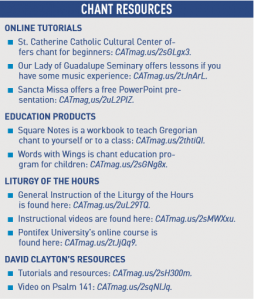
Liturgy Of The Hours
If you are familiar with the Liturgy of the Hours, or Divine Office, or if you know someone who is, you have an excellent gateway into Gregorian chant. If you don’t have someone who can help at your parish, you can read from the General Instruction of the Liturgy of the Hours. There are also several YouTube tutorials on chanting the Divine Office.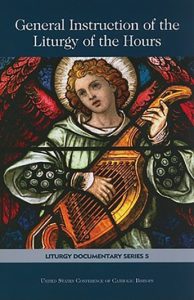
Master Chanter
David Clayton of St. Thomas More College, author of The Way of Beauty, has made preserving Catholic culture his mission. He has created a thorough chant score of the psalms in English. You can find a plethora of free music, instruction, and video aids on his website. Music ministers, catechists, and DREs may want to take the online course on Chanting the Divine Office now offered through Pontifex University.
Trying It
Once you have taught your students to chant the psalms, practice with them regularly, perhaps at the start of each class or once a week. You can let the students choose the psalm, follow the psalms as used in the Liturgy, or choose one that relates well to your class content for the day. Lean on the strong musicians in your class if you are not as confident musically, or invite a guest speaker to teach the first lesson. Your students will forever be able to turn to the psalms as they are meant to be experienced, and their lives — and yours — will be all the richer for it.
Kate Daneluk is an author and speaker on education and Catholic ministry and is the creator of the Making Music Praying Twice education program. Find out more at MakingMusicPrayingTwice.com
PHOTO: JORISVO/SHUTTERSTOCK
This article was originally published in Catechist magazine, October 2017.



